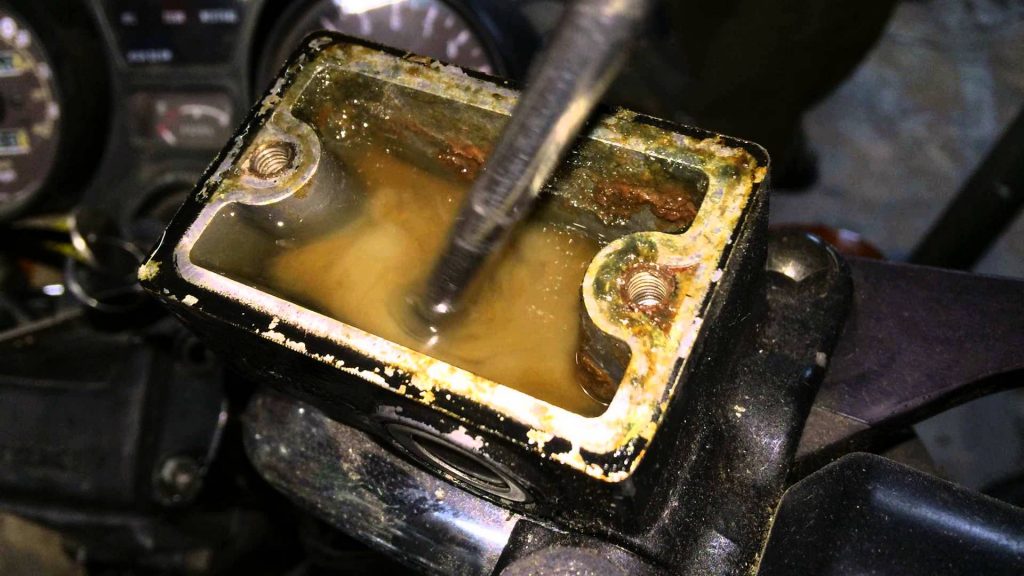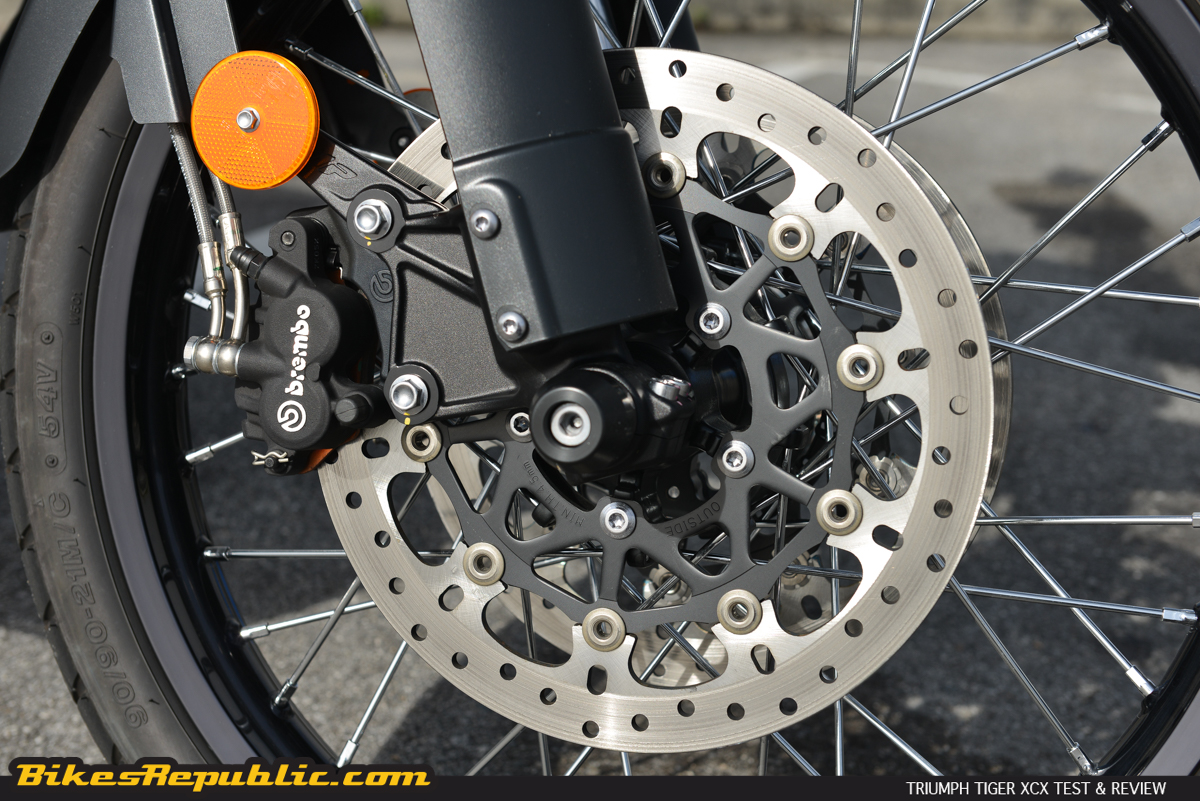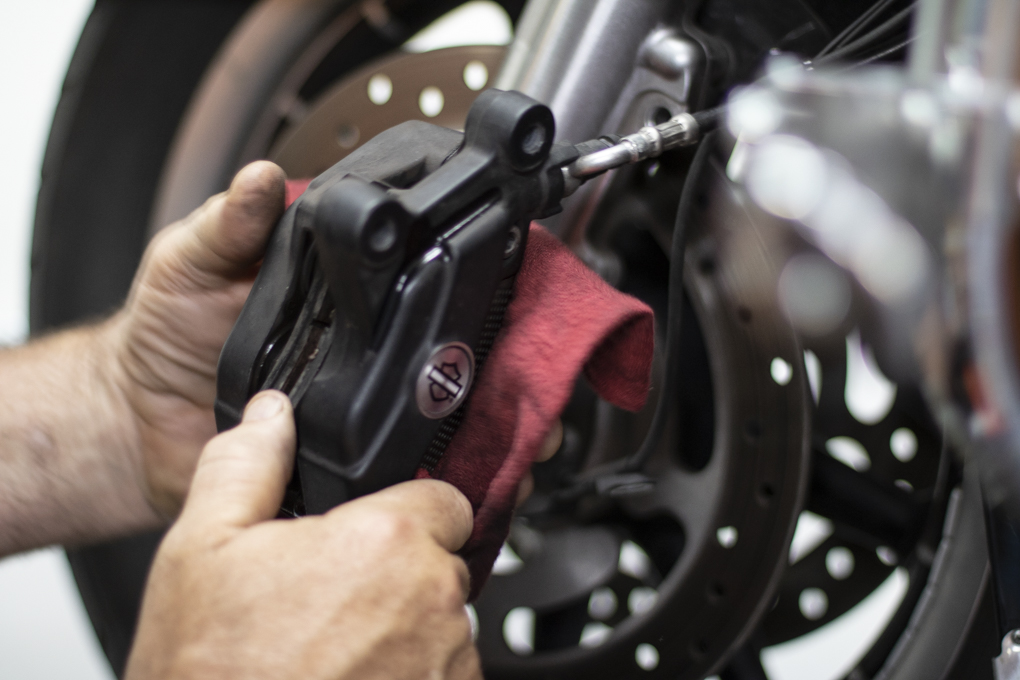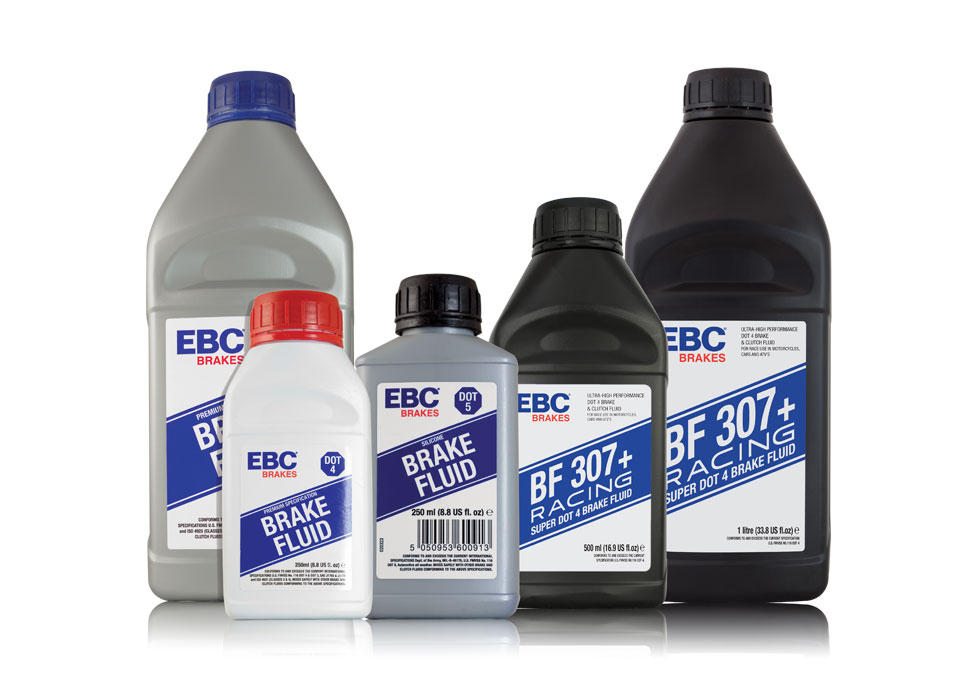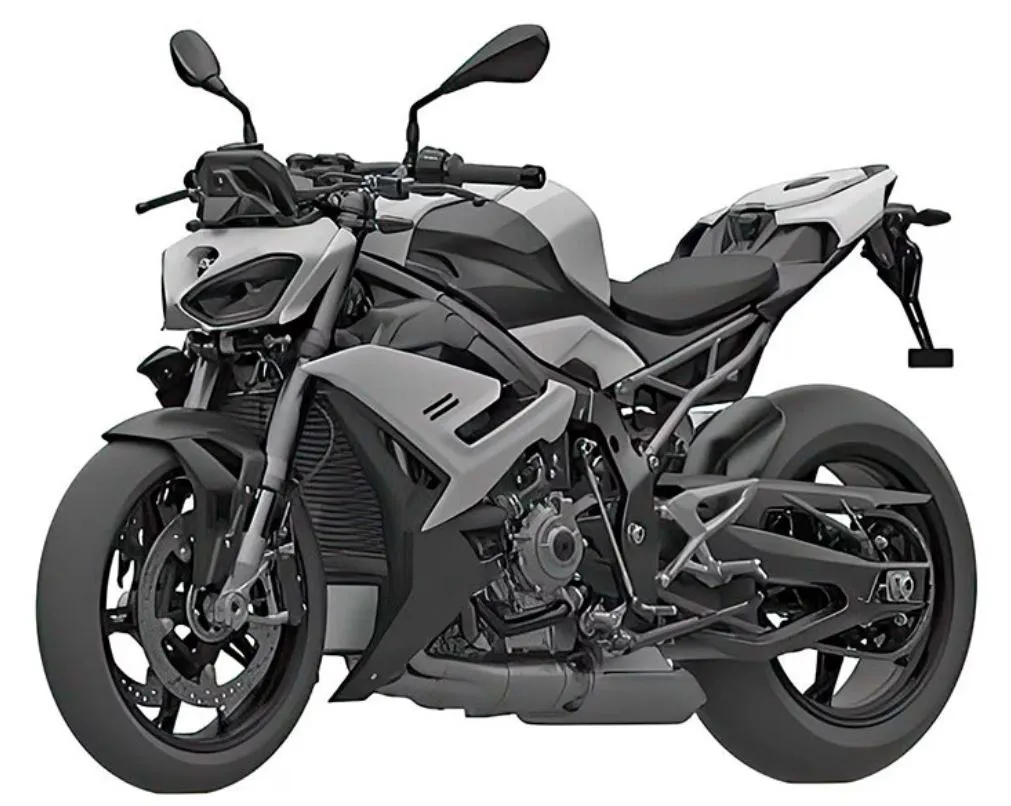-
Bikers usually talk about performance and aesthetic upgrades.
-
But how many actually talk about brakes and brake maintenance?
-
Today, we look at how often should replace the brake fluid.
It surprises me that in my 33 years of riding, no one had ever asked, “How often should I replace my brake fluid?”
I’ve always been asked what’s the best performance parts such as exhausts and tyres, instead. It’s not wrong to ask about those parts, of course, but brakes are the most critical next to the almost everything else on the bike.
However, I do understand why almost nobody talks about brakes. Modern brake systems are very reliable. Apart from replacing the brake pads whenever they’re worn, the system keeps working: The rider presses the lever and the bike slows down. When the pads are worn again, he replaces them.
In a brake system that performs normally, performance deteriorates slowly and surreptitiously. Consequently, you won’t feel much difference since the last time you rode it. This will continue until we encounter serious problems.
But what about the fluid? Sadly, no one seems to bother. Brakes are working after all. News is, deposits will start to build up in old brake fluid. If you’re unlucky, these deposits may someday flow into the nooks and crannies and block the flow of fluid in the system. In the worst-case scenario, deposits build up or get into the ABS pump and render it useless. When this happens, the part must be replaced, which costs thousands. Believe me, I’ve seen this happen in both bikes and cars.
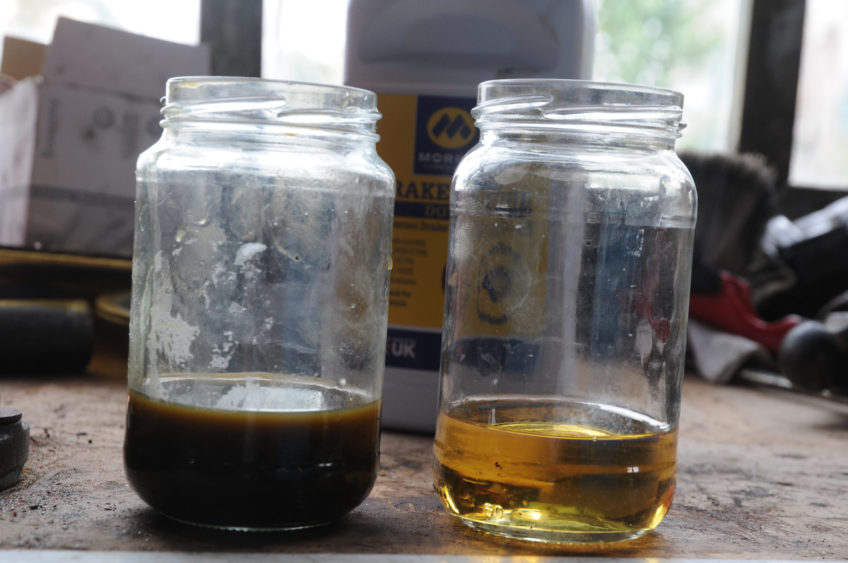
Besides that, brake fluid is hydroscopic i.e. attracts moisture. The system may be sealed but wear and tear can eat away at a gasket or two. The presence of moisture in will lower the brake fluid’s boiling point. When this happens, the brake takes more effort to work. In a bad scenario, the brake lever will feel spongy. In the worst case, the lever has been pulled all the way back and sticking to the handlebar, yet the bike doesn’t slow down at all.
So, how often do you need to change your brake fluid? Every two years, regardless if the fluid “still looks good.” The job is easy enough that you could DIY (do-it-yourself), but you can also visit a workshop if you aren’t confident or need more tools.
What DOT should I use? Just follow the manufacturer’s recommendations. For example, use DOT 4 if that’s recommended. Try not to be seduced by the mechanic’s “Ini barang baik punya (This stuff is good)” sales pitch, especially if the fluid is of different DOT rating or for racing. Racing brake fluids are usually even more hydroscopic!



